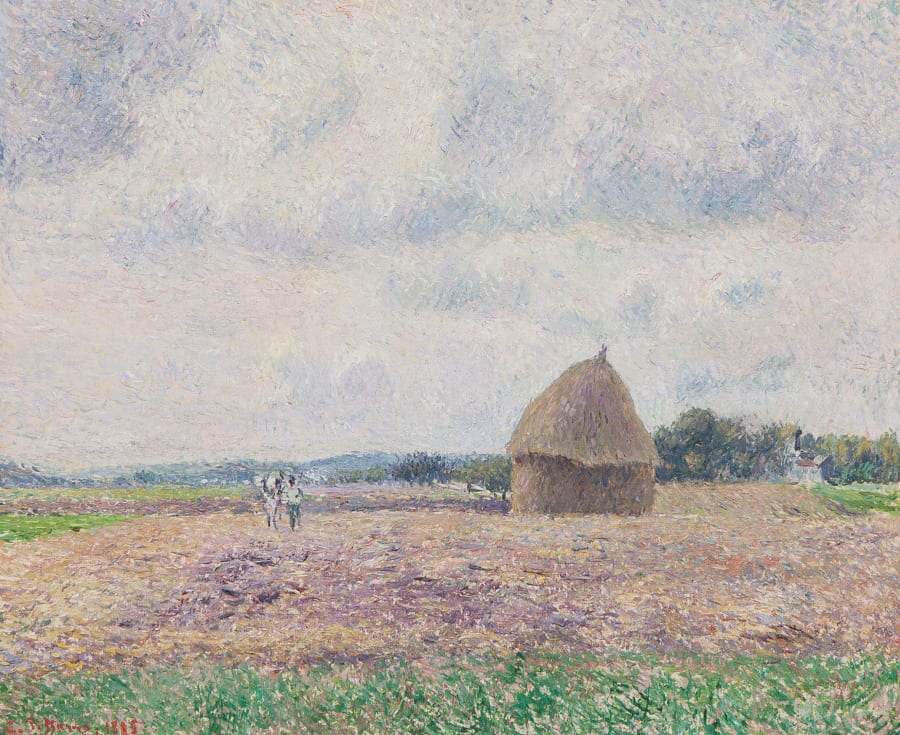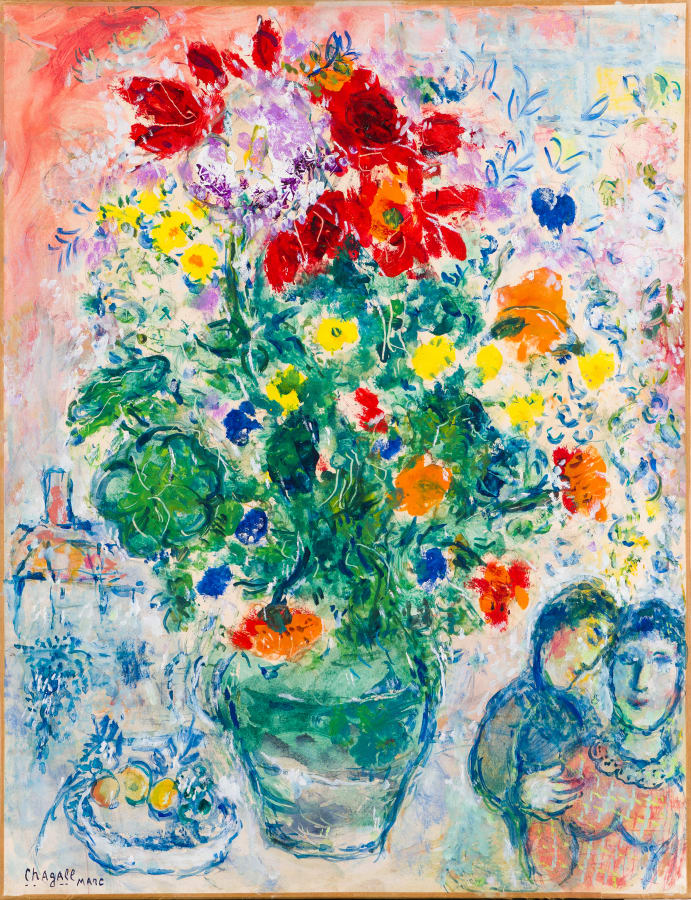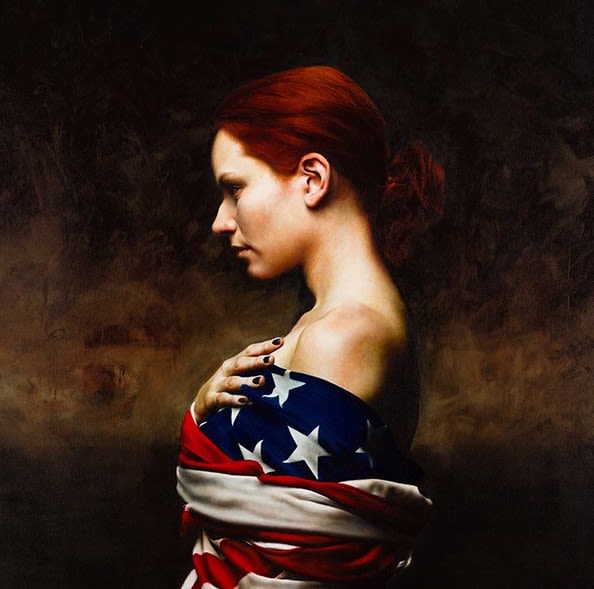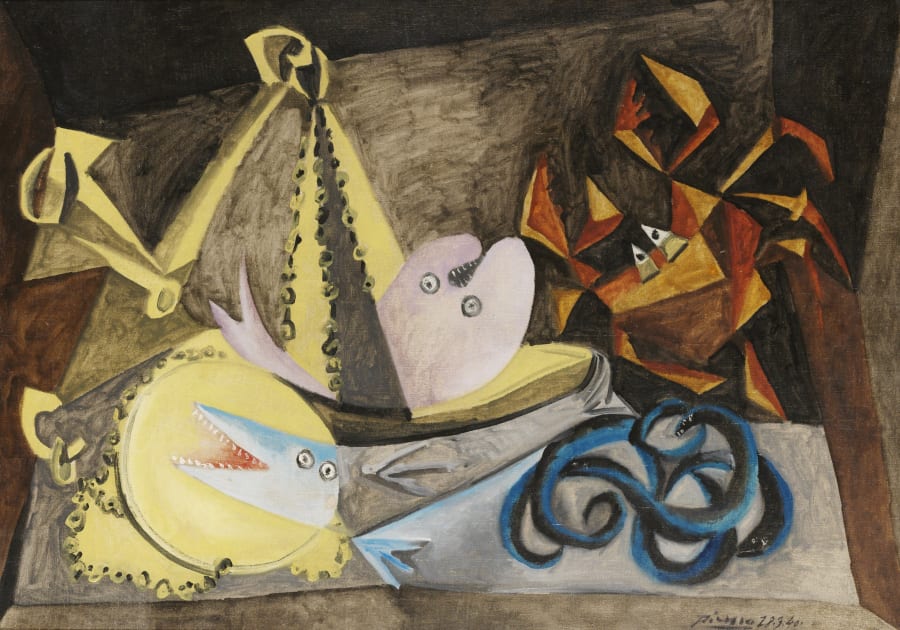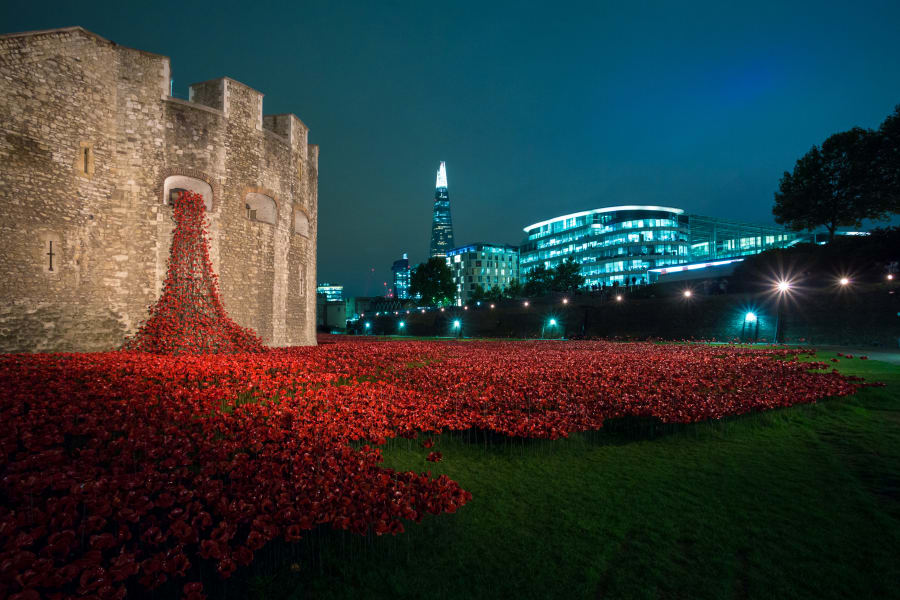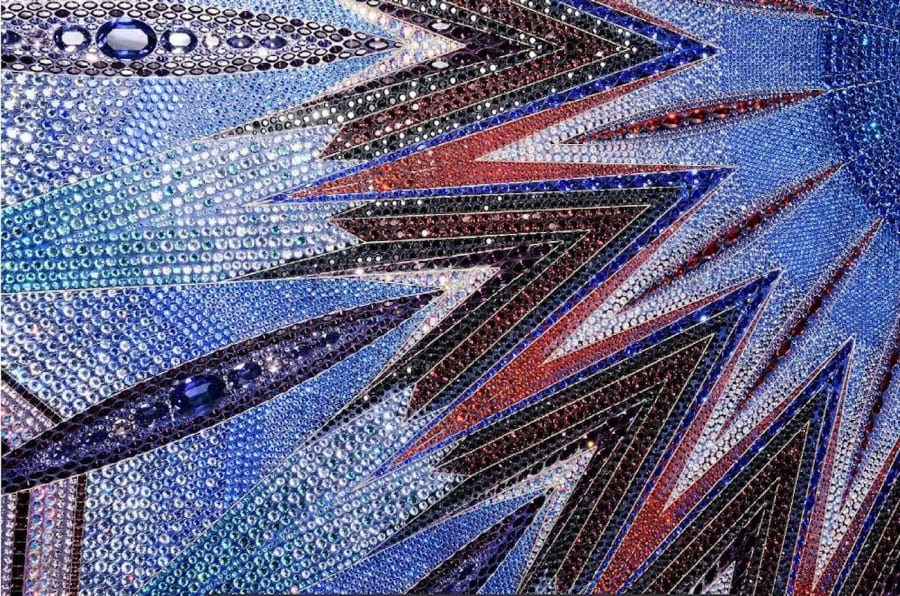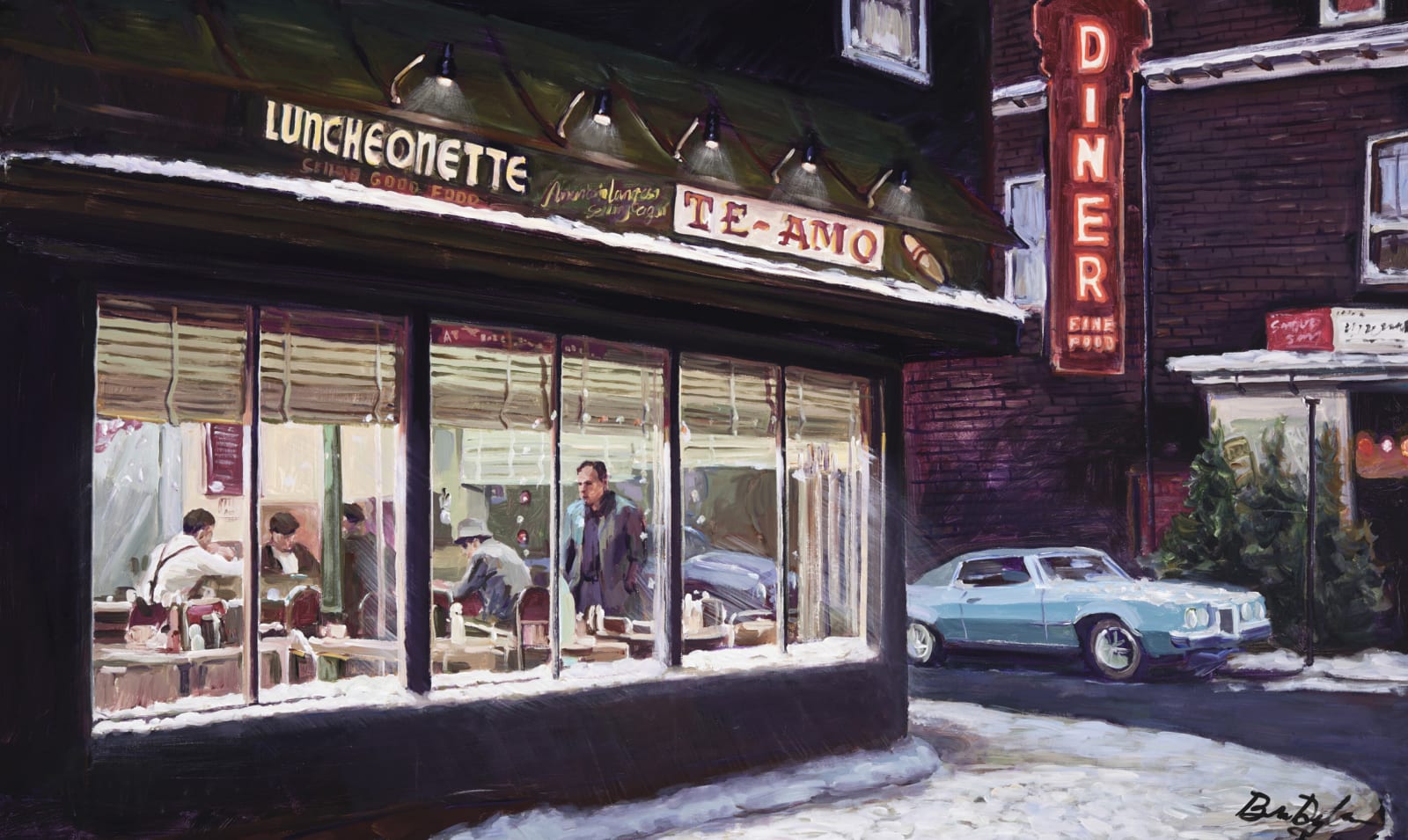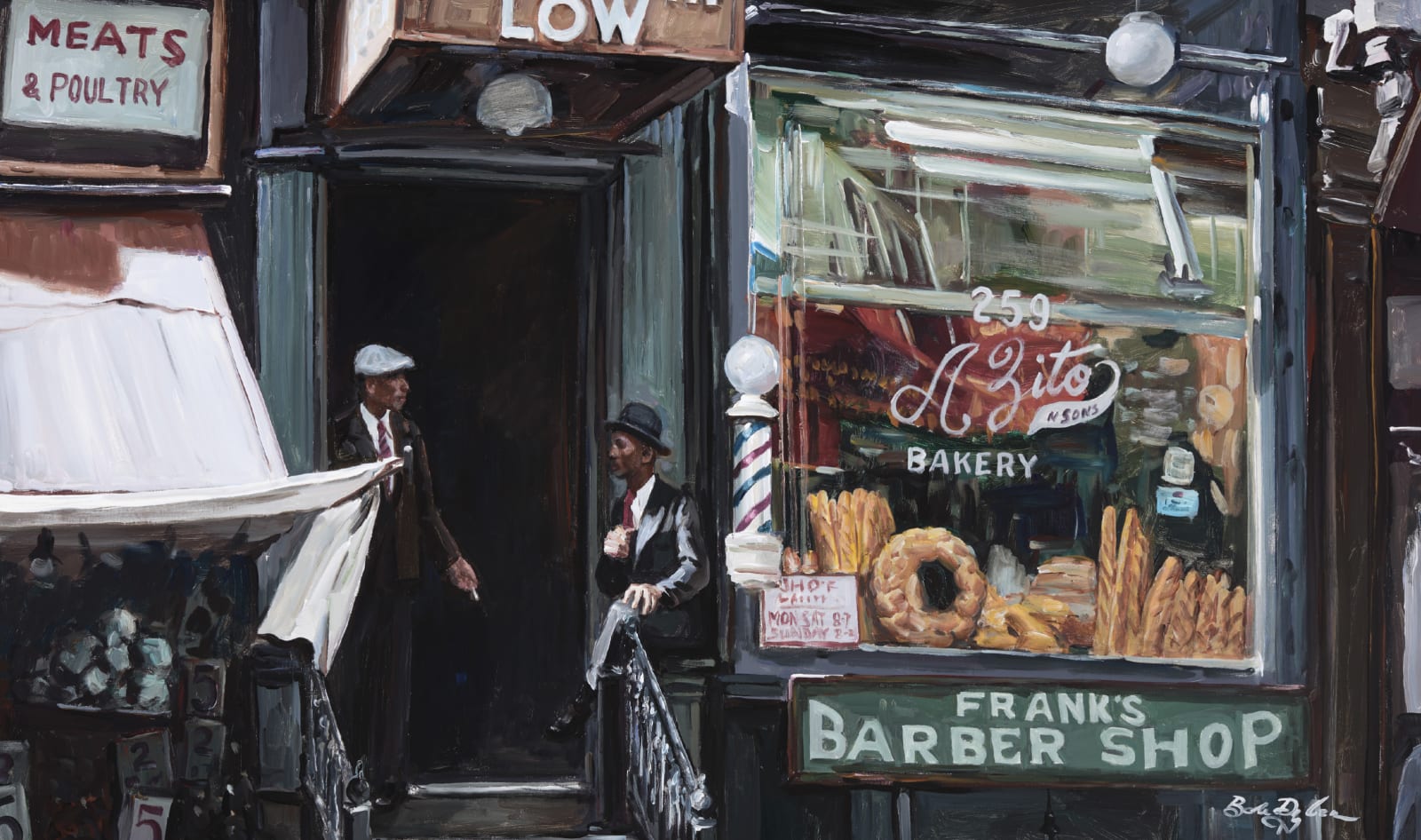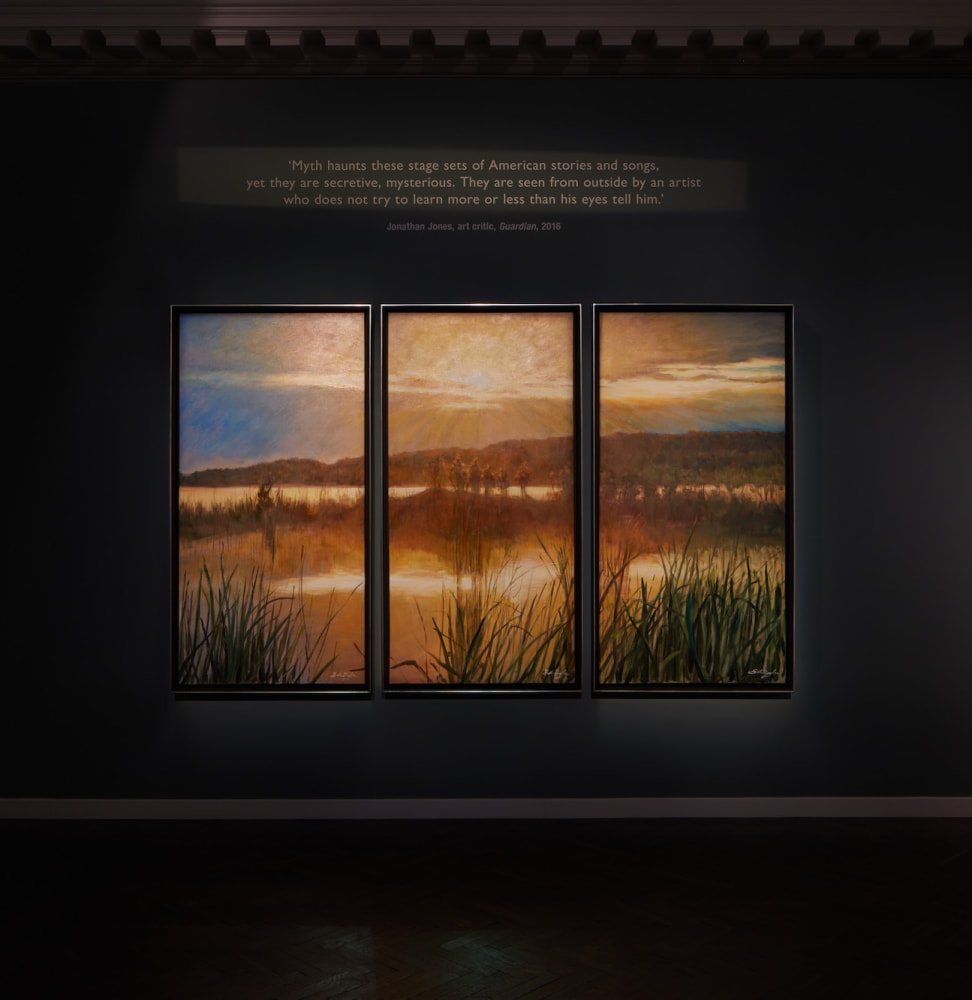Screenprinting: An Evolving Art Form Russell Young
‘Once I’ve done one screen, then the screen itself becomes an implement to put paint on a surface in the traditional making that goes back ten thousand years.’ - Russell Young, 2019
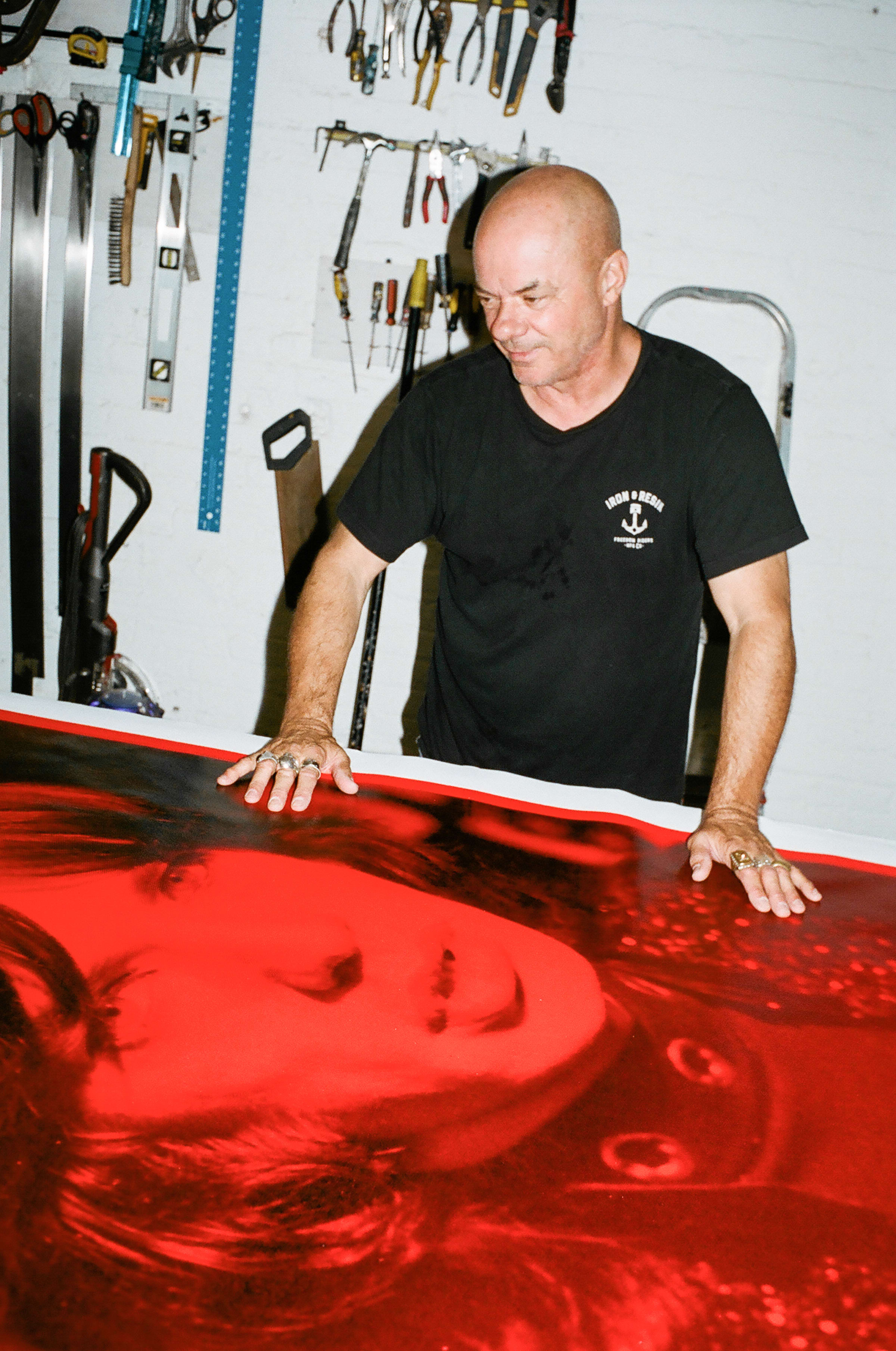
All of Young's backgrounds are painted by hand, using paints that he has mixed himself. Of the FAME 2020 exhibition, he says: 'Some of the backgrounds were painted three or four years ago. I knew I loved these colours and I mixed the paints myself from pigments that I've gathered from all over the world. It was the colour rather than the subject matter that appealed to me first of all.' He also collects rocks and grinds them to dust in his glass muller to make paint. Every colour is unique, not just to Young but to the specific series of paintings on which he is working, as he mixes only a small batch of each. The next time he makes it, he might change the proportion of linseed oil, or add a different pigment, and a new hue is thus created. Each has its own name, which often refers to its protagonist. When he makes his backgrounds, Young explains, 'some are really flat because I want that flatness against the image, and then others, you see the hand streaks ... you see on the places where there's no diamond dust, the hand brushstroke.' Some canvases are printed eight or nine times over a month, each layer enhancing the tactile quality of his work.
Young experiments with diamond dust in many of his works, drawn to the texture and luminous finish. He describes how he first discovered this technique:
It was an old bag of Warhol's diamond dust. I was looking to give my paintings a three-dimensional quality and a reflective quality; we had tried inks, and we tried all these different things, and then we suddenly discovered this old bag ... We put it onto the painting, and it took on this fantastic life. I took it back to California and pinned it on the wall in my house, and at night the moonlight hit it, and it reflected. And then I took two or three of the paintings outside and hung them on the bushes, and I thought, I love this stuff.
Since he began using it, Young has started to make his own diamond dust, bringing a meditative quality to his screenprints. The material captures the light and forms an aura around the subject: a physical manifestation of the fragile yet enduring nature of fame. The alluring surfaces of the works entice Young's audience to touch the images, and thereby their subjects, while at the same time creating a barrier that is simultaneously visible and invisible, tangible and immaterial.
Young works with his close friend, the master printer Luther Davis. He explains, 'The first day with Luther, we had a very similar language because he has such a sophisticated understanding of light and dark and shadows and contrast. I came from 15 years as a photographer, so I came in with that experience, as well.' The work is very physical and often requires a team of nine or ten people: 'Most of the time, two people will be on the side literally pushing the ink through. But sometimes on the biggest screens, there are six of us around the screen actually pushing down and pushing the ink through. So it's quite masculine - it's quite a raw process.' A complex piece may take four hours to complete, leaving its makers exhausted and sweaty. The ideas behind it, however, may have been incubating for 40 years.
While the final artwork is made collaboratively, Young generates most of his ideas on his own in his studio in California. Here, he has banished modern media other than a record player, and he uses music to lose himself in deep concentration. Long, solitary walks in the mountains under the full moon fuel his imagination. 'I have maybe 20 different sketch plans stuck all over the walls, full of ideas, and sometimes ideas cross-pollinate ... I'm working across five or six series at the same time.' Many of his protagonists are public figures who have inspired him throughout his life: 'I have to fall in love with the subject, over many years. I have to find it, research it.' The process of selecting a photograph from which to work is a laborious one, and Young might search for years and look at thousands of images before choosing just one. With a career as a professional photographer behind him, he enjoys the process of appropriating a picture that he crops and manipulates, using analogue processes to adapt it until it becomes his own. His honed sense of imagery allows him to find new possibilities within photographs that have lodged in our collective memory, reilluminating figures we had always thought we knew.
'Every painting I do informs the next painting but when you hang three or four or six colours next to each other, they all bounce off each other and there is a language between all the paintings, so they're intertwined. ... As the colours have a story and one informs the next, so do the protagonists.'


